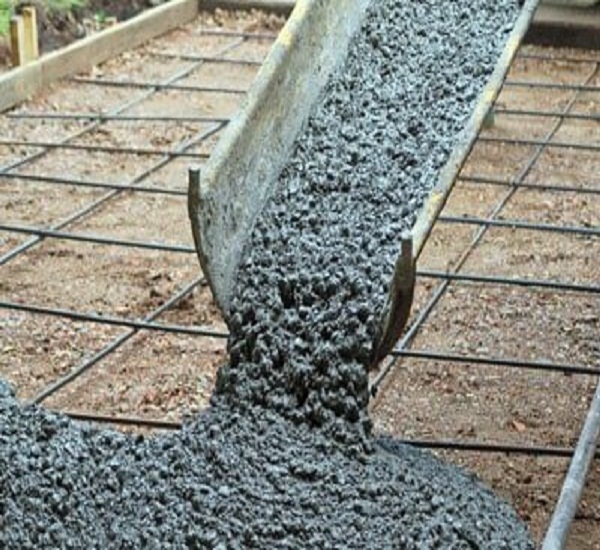Concrete, as a key building material, seems to be indispensable with the many possibilities it has single-handedly provided, concerning quality and durability, evident in structures constructed with it. It is no secret that for a couple of decades – centuries actually, there has been a heavy reliance on this material.
Without neglecting the obvious fact of its numerous benefits to most construction and building projects, it begs some questions, are there any alternatives to concrete (ordinary Portland cement paste and aggregates)? Better still, are there options that are more environmentally friendly with carbon-neutral or reduced carbon emission capacities? The answer is yes – and I would be highlighting these existing options as this article progresses.
Some materials can be used as substitutes for concrete which are locally-sourced. They embody beneficial properties ranging from insulation to natural cooling to aesthetically pleasing, and what-not.
Every place on earth has properties and deficiencies, unique to it, and this encompasses all the natural resources known to man. In some parts of the world, raw materials such as clay or its brick variants, have been used in building projects, and this comes in very handy to regulate heat and cold, among other incentives to both users and climatic conditions. For roofing, palm-fronds are a common choice in rural settlements. There are some negative characteristics of building with clay; however, it can be overlooked, and these disadvantages include a poor ability to contain sound and over time, areas where this is the primary source of shelter, there is a possibility of erosion.
Similar materials to clay are mud and rammed earth. Mud for one can feature as a mixture of clay and other components in some instances, while rammed earth is an aggregate of clay and sand used in place of concrete in different capacities.
Bamboo is another viable option if you want to reduce Co2 gas emissions both in the construction and post-construction phase of your housing project. It has aesthetic value, strength, and insulation properties; not forgetting its cost-effectiveness and multi-purpose qualities.
PET bottles (Plastic) are finding redemption when it comes to being part of the solution the ecosystem desperately needs. Due to its properties, degrading or re-integrating naturally with the environment is near impossible but in recent times, simple but ingenious innovations have been made to de-classify plastic as harmful and re-classify it as a useful building material; the world is still playing catch-up in this regards, however. Recycling helps to convert plastics to pellets that can be moulded into brick-forms for buildings-frames, among other uses. In addition to soil, ropes are needed to construct walls out of whole plastic bottles; being used to hold the bottles in place after it has been stuffed with fine-earth.
A controversial substitute to concrete framing is wood and this mixed-feelings stem from issues of de-forestation, where trees are fell without recourse, and inevitably we have experienced a loss of balance in our ecosystem. To mitigate this issue, conservation policies and advocacy are being done to ensure that wood materials already available to us are used and re-used, instead of sourcing for fresh lumber. Reclaimed wood, being the advisable option, can be acquired from old wooden furniture, renovated homes, post-construction sites, and other means. It is then processed and re-born as a table or your kitchen stool – this process is expected to be a cycle.
The list of alternatives to concrete applications is not exhaustive and they range from different crete-variants to ferrocks. There are many more to choose from. As an individual or when employing other people to handle your construction projects, to the degree, you can afford to, and the extent to which policies or regulations permits, ensure that your processes or materials are eco-friendly.










